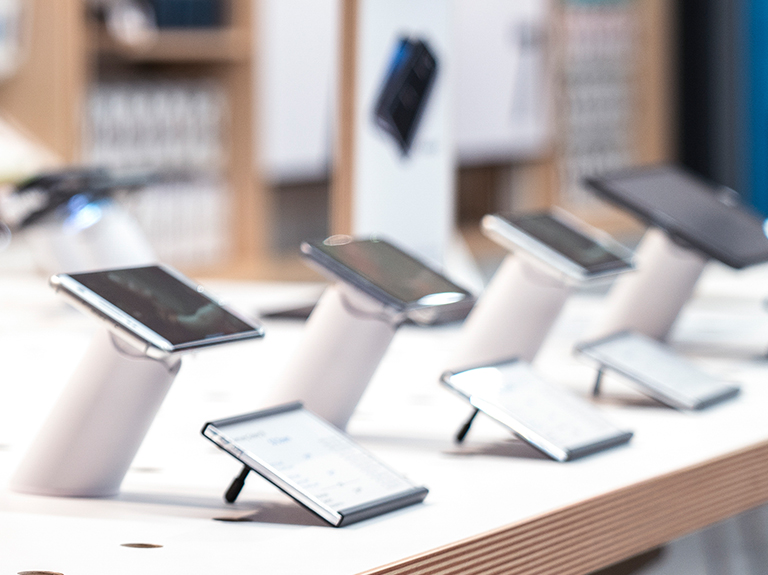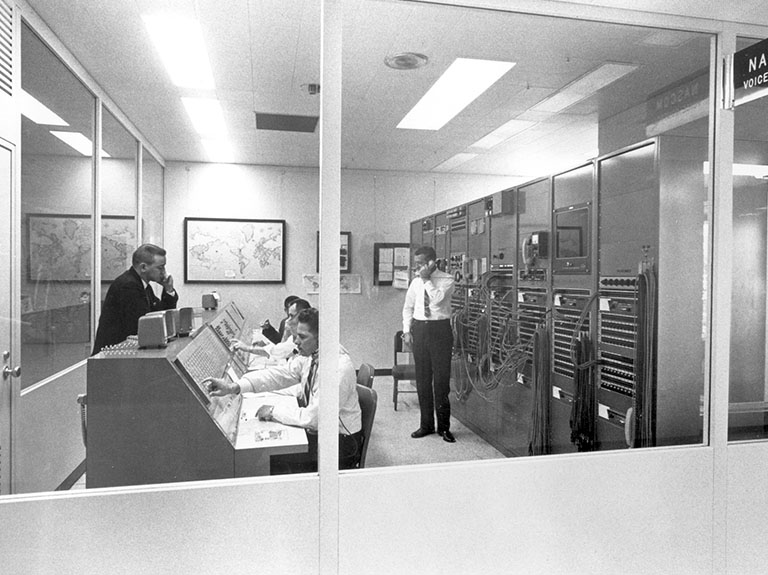By the AT&T Foundry News Staff
From idea conception to execution, the AT&T Foundry in Palo Alto, California is constantly finding new ways to solve problems and create the best customer experience.
Erik Sundelof, lead system engineer in Palo Alto, is no stranger to turning early ideas into real products. And that’s exactly why he joined the Foundry.
Before, Erik was the chief technology officer of Spot.us, a global platform for community-funded local reporting. He loved the challenges he faced in a fast-paced startup environment, but he wanted to experience the other side – a vantage point from within a large company. And we’re so glad he did.
He takes us behind the scenes and explains more about his experience below.
What drew you to the Foundry? And why is your work so fulfilling?
Especially in the early stages, startups bring specific and interesting challenges. But I also wanted to understand the challenges on the opposite side of the spectrum. The Foundry gives me a feel for what large companies struggle with, but offers a level of freedom that a startup provides. The Foundry provides me with exactly that – all within a company as large as AT&T. It’s definitely cool and fulfilling.
A key aspect of the Foundry is to imagine and set the direction for new opportunities in existing or entirely new business verticals. We often work with startups to infuse new concepts with new implementations. It was intriguing to get to even participate, but also understand the diverse set of drivers for the evolution of AT&T as a business.
Describe a project you saw from concept to implementation.
Project Cascade, now known as NumberSync, was taken from an idea to concept and, ultimately, to an implemented solution. NumberSync lets you call and text from your smartwatch, tablet or connected car using the same mobile number your family, friends and colleagues already know.
It all started with an idea. An AT&T employee submitted this concept to AT&T’s The Innovation Pipeline (TIP) back in 2012. He had the idea of an “Emergency Phone” that would sync with your current phone number and back up the same contacts. This became the Foundry’s Project Cascade. Our user research led us to expand on the idea. Why not make this more relevant to our entire device portfolio? Let one mobile number sync with any kind of device.
With this in mind, we made sure we aligned our solution with the current network infrastructure so we could bring it to market as soon as possible.
So, where is NumberSync now and what has it taught you?
The concept of connected wearables was still in its infancy when NumberSync was launched in October 2015. Today, the Apple Watch 3 is one of the models that comes with a built-in SIM. It’s clear connected wearables are becoming mainstream and will likely become ubiquitous. While AT&T customers can use NumberSync today on their wearables, this proves the demand for such products will only grow.
This project shows what makes the Foundry unique. The cross-disciplinary experiences and diverse skill sets of team members were key to its success. Because of the nature of the Foundry, we could properly identify the use case, the opportunity and expand on the original idea.
It’s the startup mentality and freedom to pursue passion projects like this that makes the Foundry’s impact possible.

Erik Sundelof is the lead system engineer at the AT&T Foundry in Palo Alto, California. Erik was formerly the CTO of Spot.us, a global platform for community-funded local reporting (winner of the Knight News Challenge). Previously, Erik co-founded Allvoices.com, where he served as the VP of Social Media and User Interface. Allvoices.com is a global community that shares news, videos, images and opinions. Erik was a fellow in the Reuters Digital Vision Program (rdvp.org) at Stanford University between 2005 and 2006.


